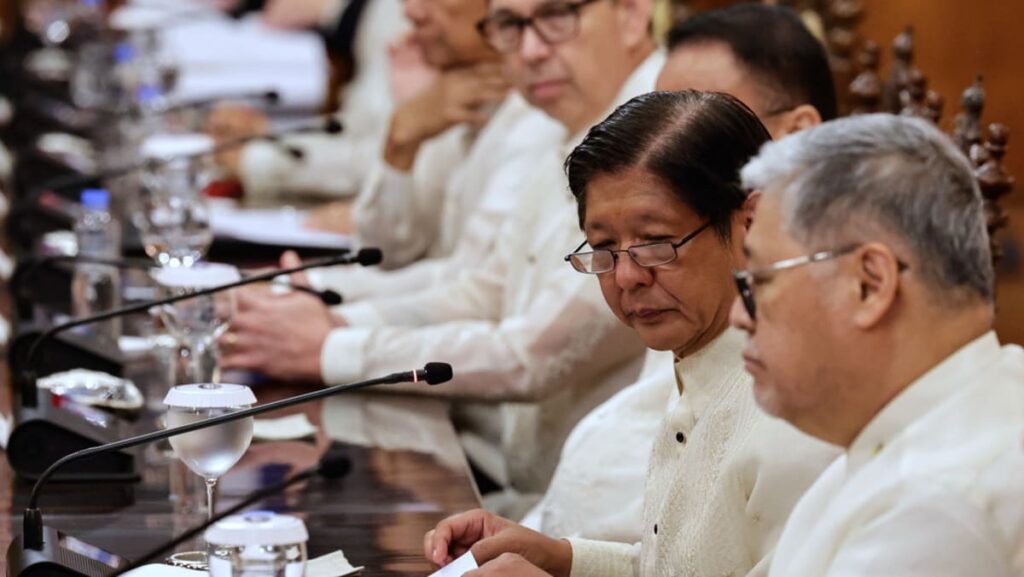Michael Henry Yusingco, a senior research fellow at the Ateneo School of Government, said the move was the president’s attempt at regaining his popularity after a “rejection of him in the midterm elections”.
“This is an emotional reaction to the election debacle of him and his Alyansa (Alliance for a New Philippines) … than really about the problems that he sees with some of his department secretaries,” Yusingco told AFP, referring to the name of the senatorial slate he endorsed.
“He could have done this before the election, but why only now?”
Marcos, in a podcast interview after the elections, openly reflected on his administration’s performance.
“I just realised we failed to give ample attention to smaller issues that would give the people more immediate relief … People are disappointed with government service because of slow progress of projects and made no immediate difference in people’s lives,” Marcos said.
Mass Cabinet resignations in the Philippines have followed political crises in the last decades.
In 2005, former president Gloria Macapagal Arroyo called on her entire Cabinet to resign instead of her after she was pressured to step down in the wake of an election fraud scandal.
In 1987, Corazon Aquino’s Cabinet members also submitted their resignations after being triggered by a coup attempt.
The presidential palace said government services would not be interrupted during the transition, and stability and meritocracy would guide the selection of Marcos’ new executive team.
Since Marcos’ call, 21 secretaries announced their resignations.
“The rejection of Marcos and his Alyansa was brutal … so he needs to really produce results, he needs to improve the lives of the Filipinos, otherwise, his chosen successor will not fare well in the 2028 elections,” Yusingco said.

